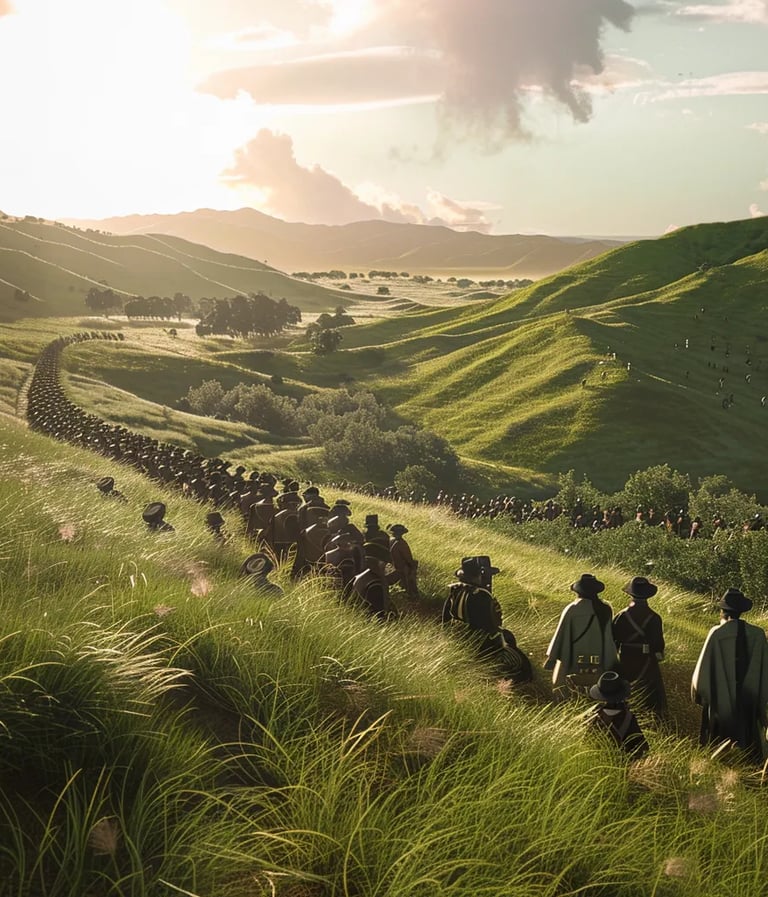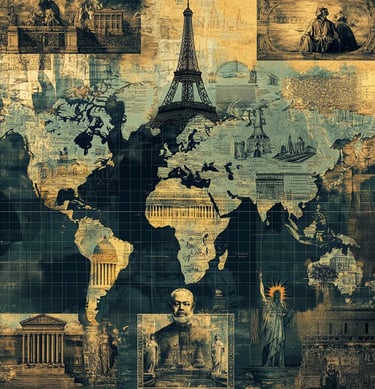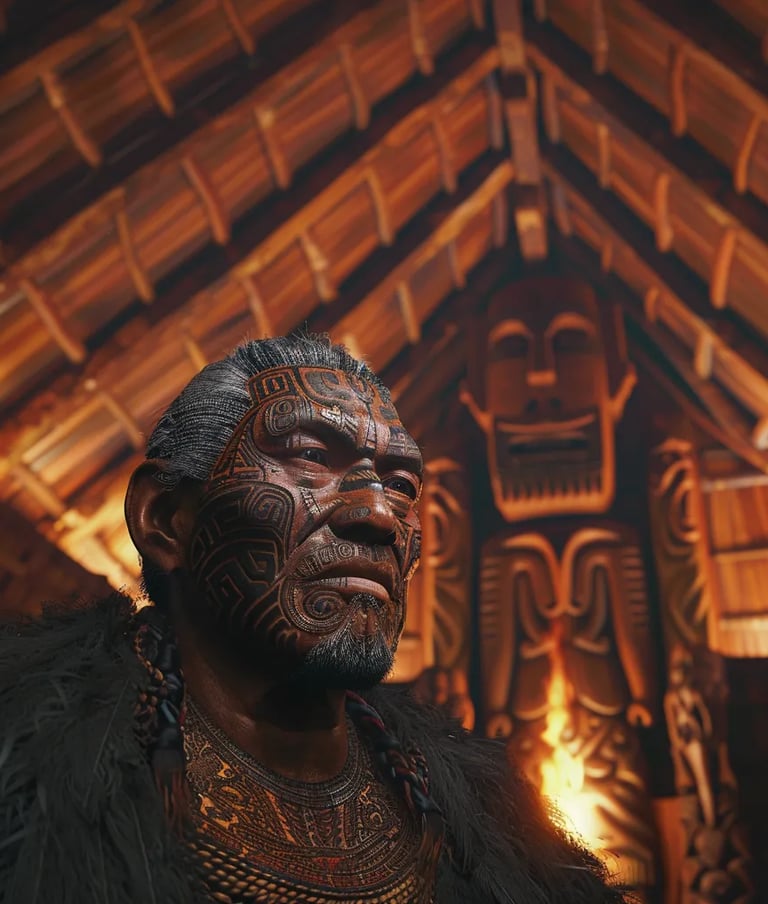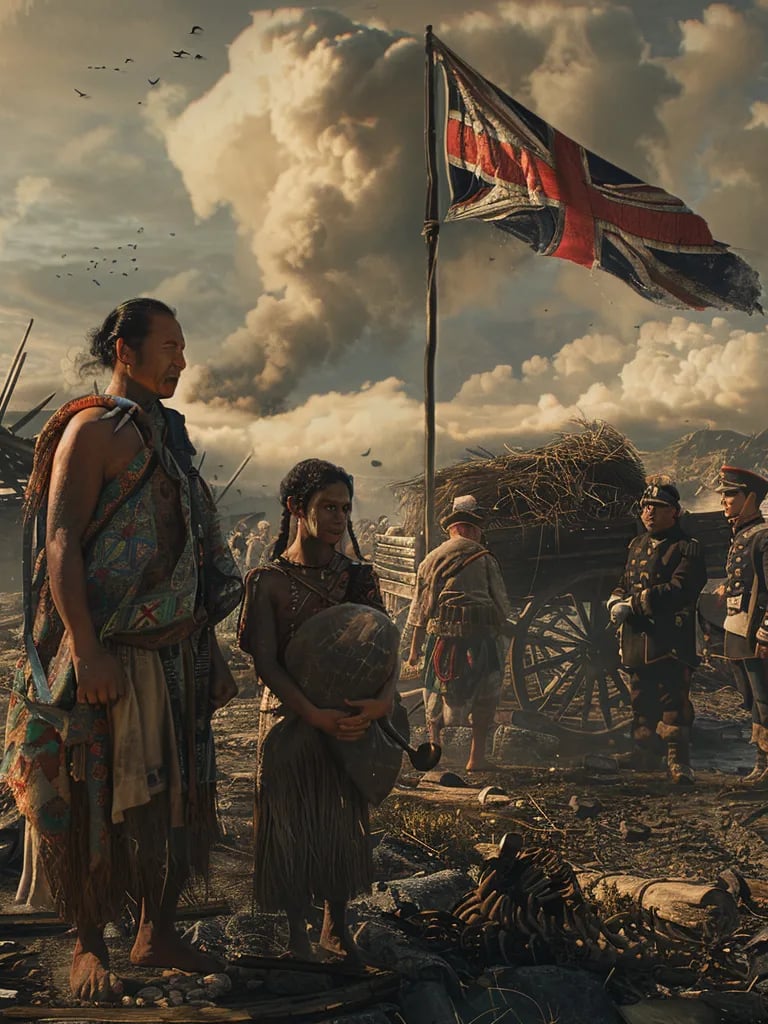On November 5, 1492, Christopher Columbus encountered one of the most significant agricultural discoveries of his journey—maize. The indigenous people of Cuba taught him how to grow and harvest corn, a staple of the Americas. This knowledge would soon revolutionize global agriculture, as maize became a key crop in Europe, Africa, and Asia, fueling populations and reshaping diets worldwide.
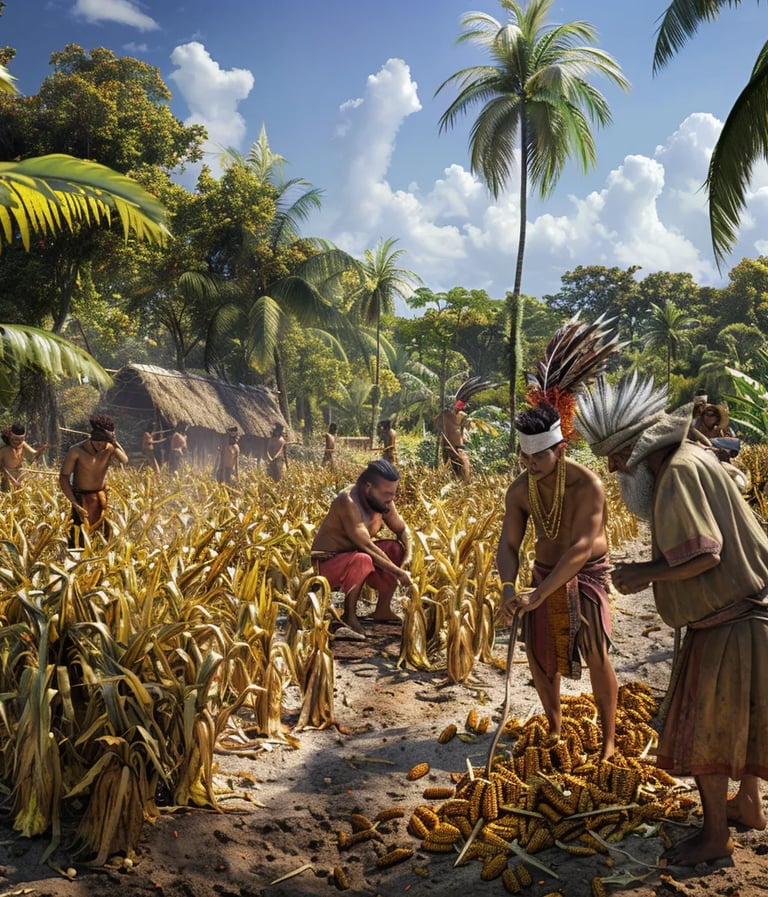

1492 – Columbus Discovers Maize: A New World Crop That Changes History
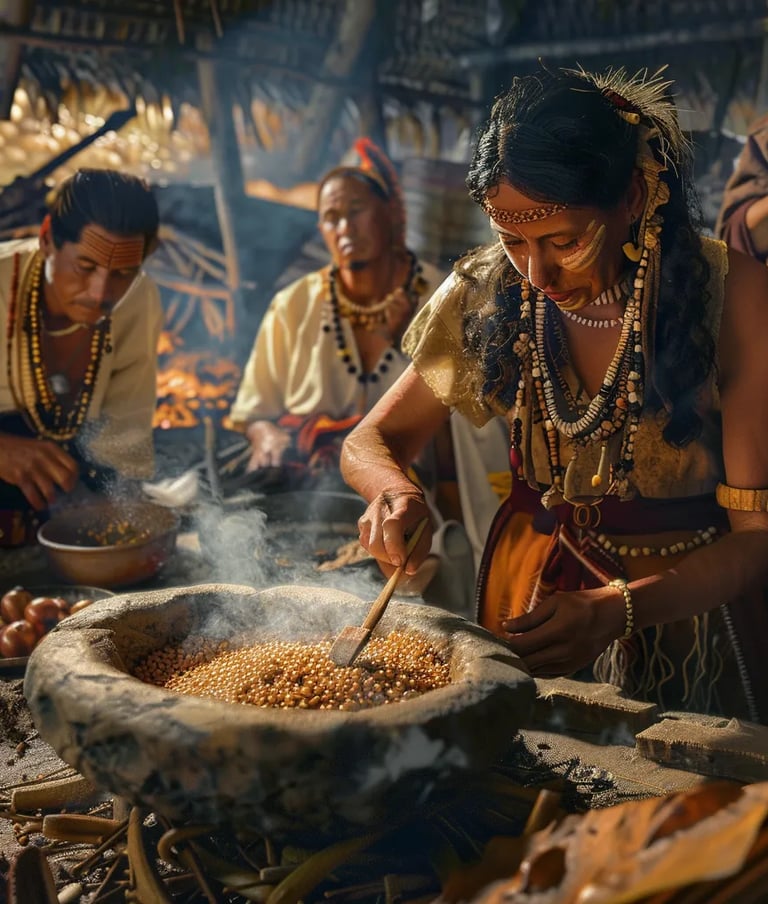

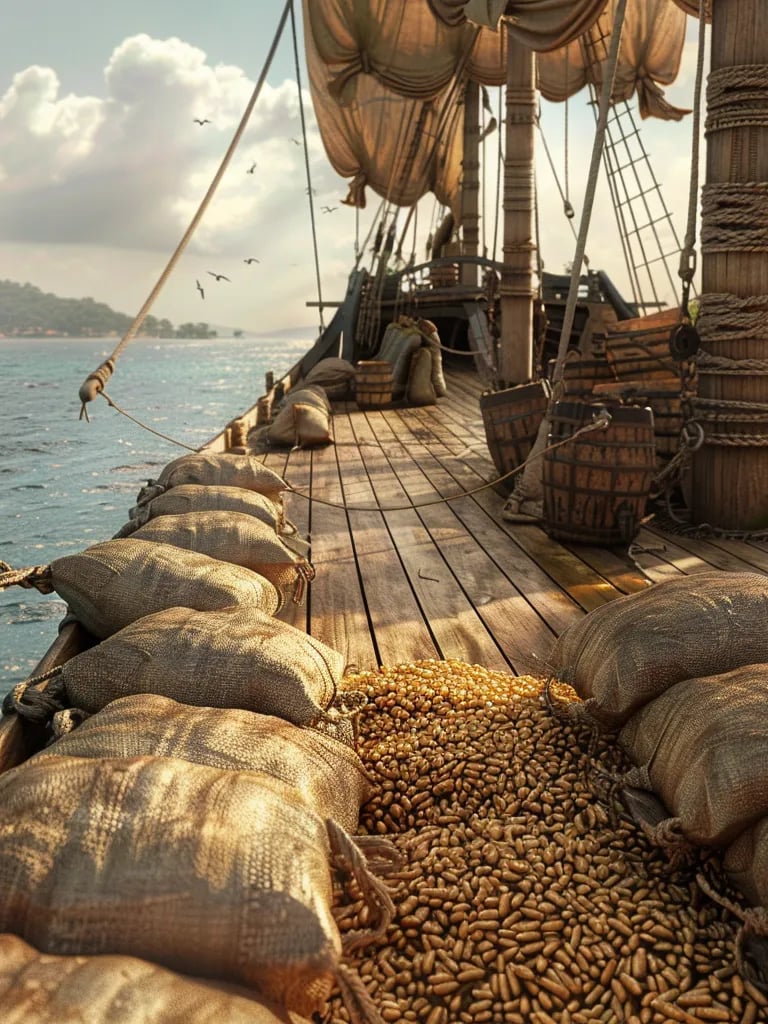

A dark plot unfolded on this day when Catholic conspirator Guy Fawkes was caught attempting to blow up King James I and Parliament. Discovered in a cellar beneath the House of Lords, barrels of gunpowder lay ready to ignite. Fawkes was tortured and executed, but his legacy remains—each year, Britain marks Guy Fawkes Night with fireworks and bonfires, celebrating the failed rebellion.
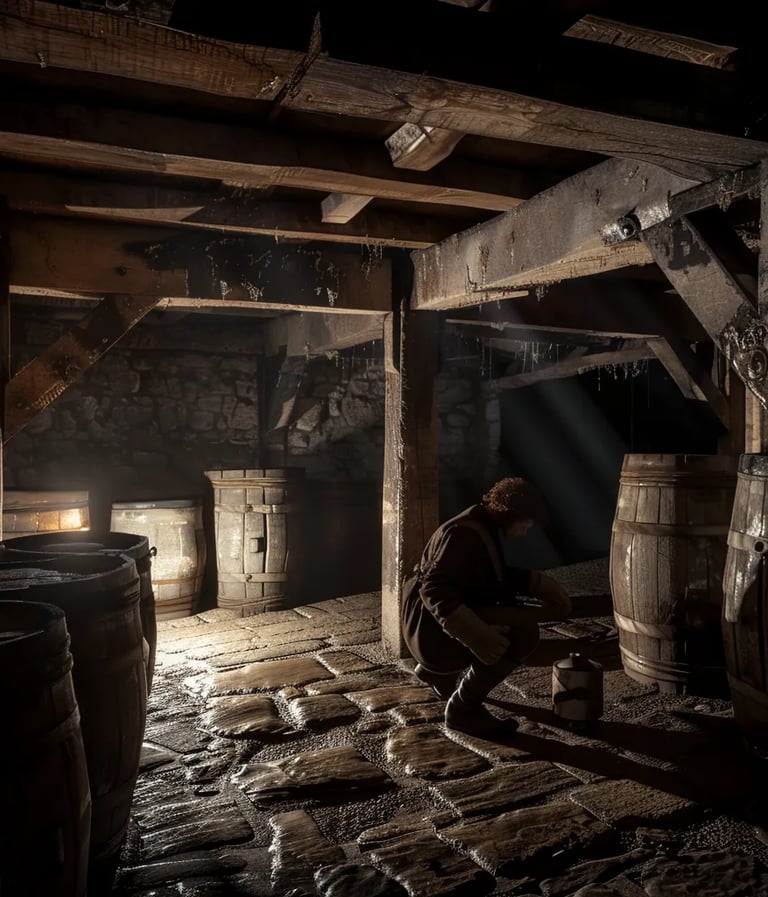

1605 – The Gunpowder Plot: A Fiery Conspiracy That Shook England
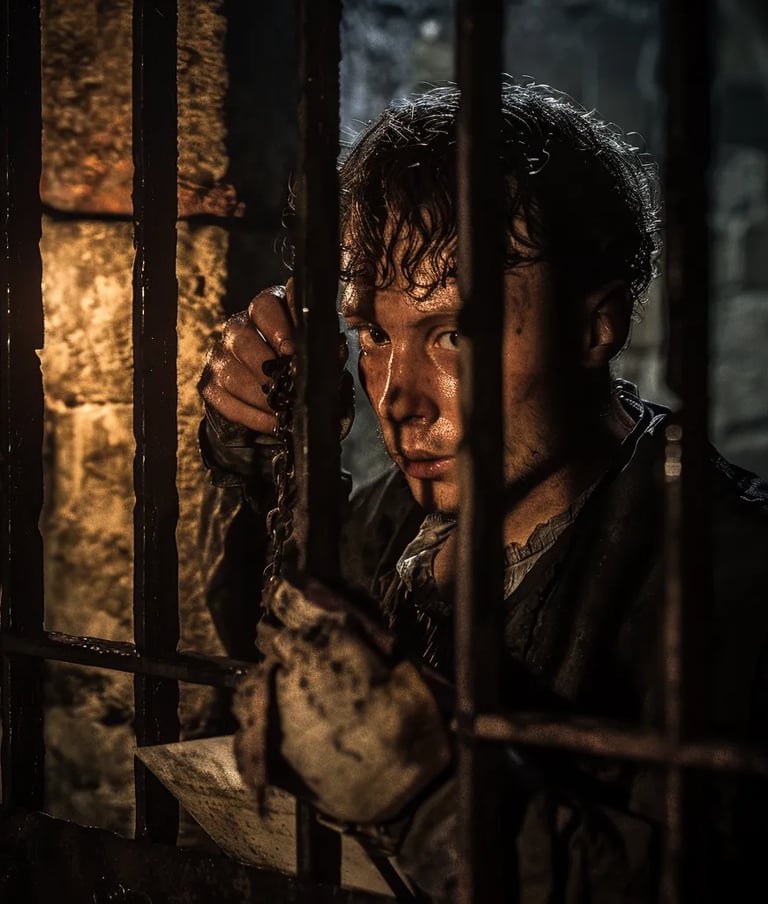

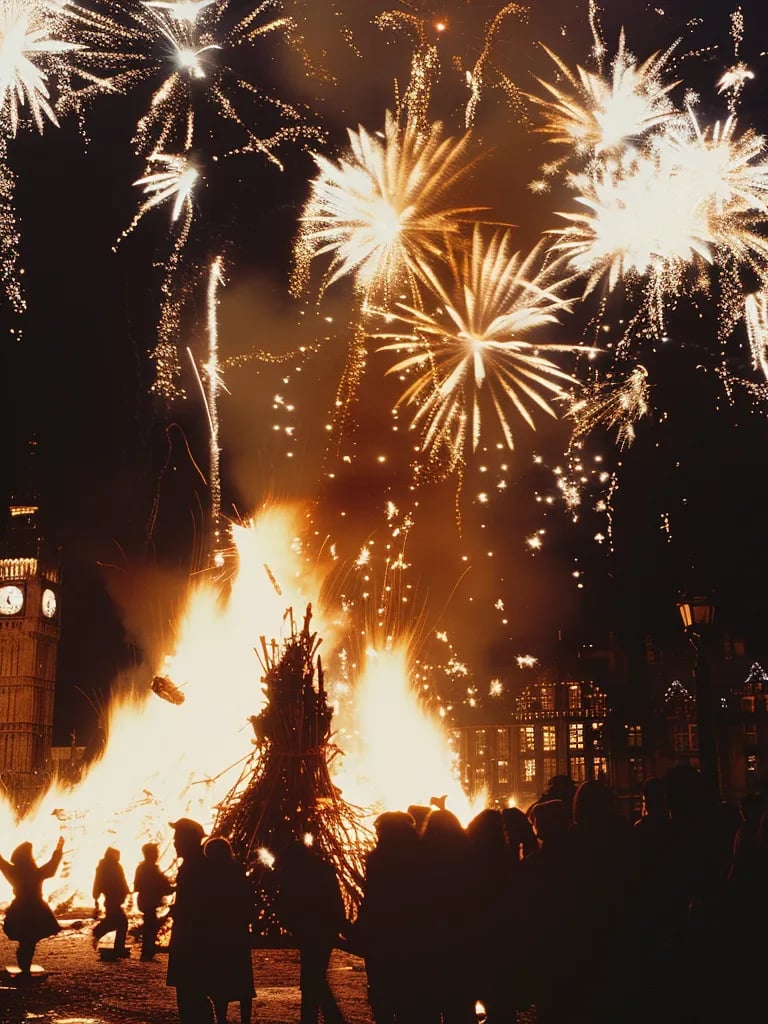

Fleeing oppression, a group of formerly enslaved people under the leadership of Bonni launched a bold attack on a military post in Suriname. Their resistance symbolized the ongoing struggle for freedom against Dutch colonial rule. Though the uprising was ultimately suppressed, it was part of a larger wave of Maroon rebellions that challenged European dominance in the region for decades to come.
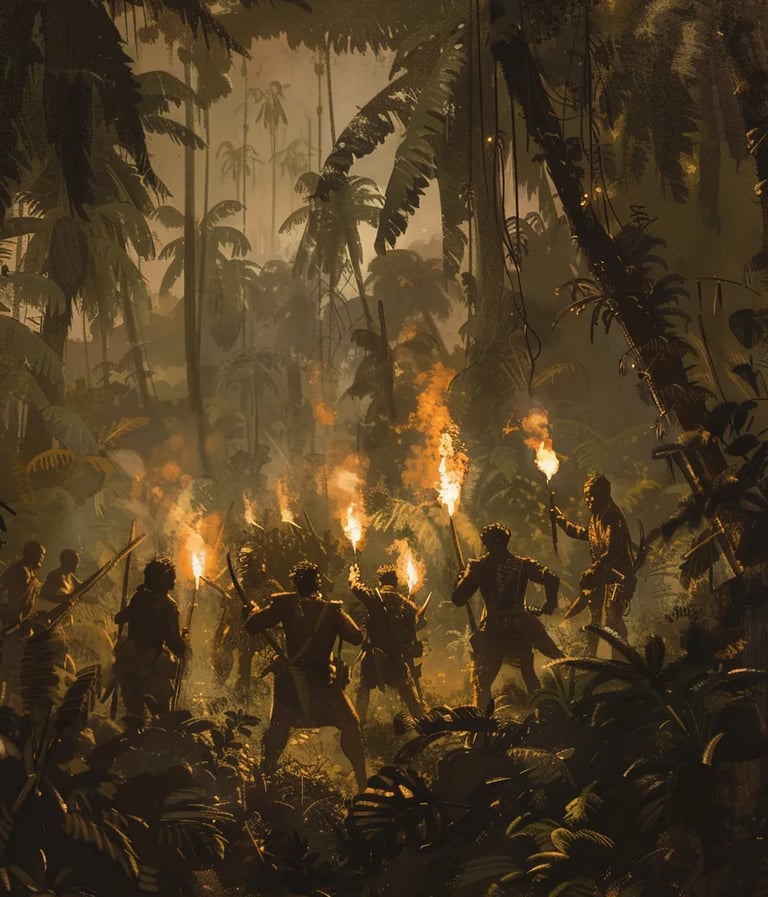

1789 – Escaped Slaves Strike Back in Suriname


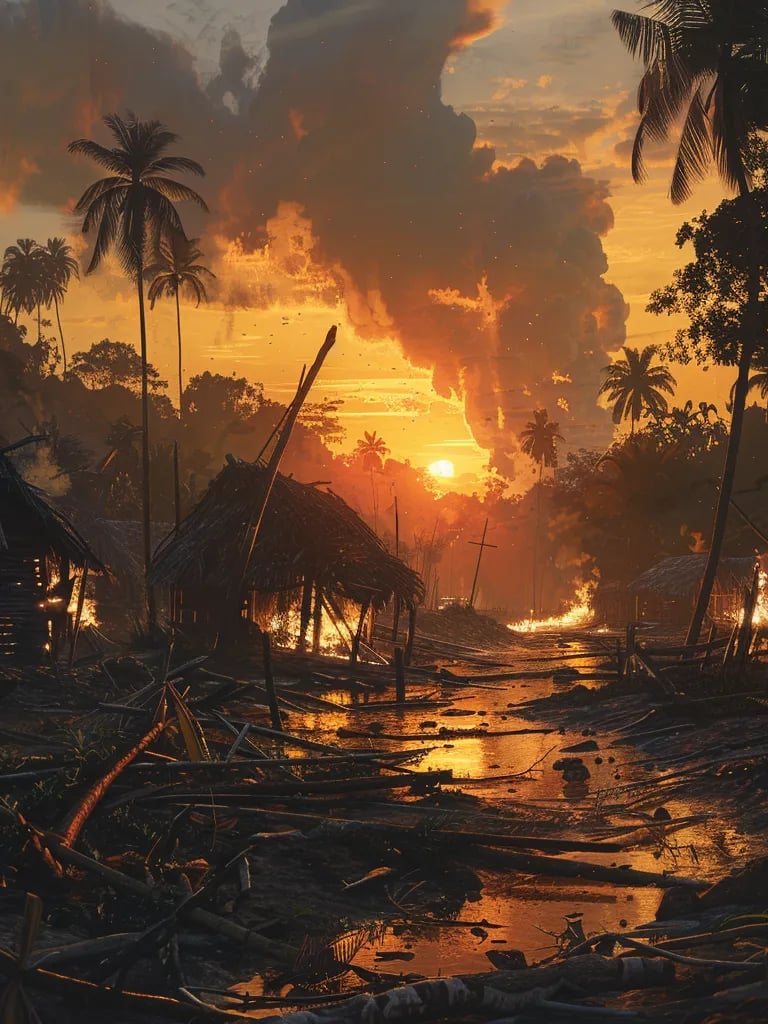

On November 5, 1872, suffragist Susan B. Anthony cast her vote for Ulysses S. Grant in a daring act of defiance. Women were not legally allowed to vote, but Anthony refused to accept this injustice. Her arrest and trial brought national attention to the suffrage movement, paving the way for the eventual passage of the 19th Amendment nearly 50 years later.
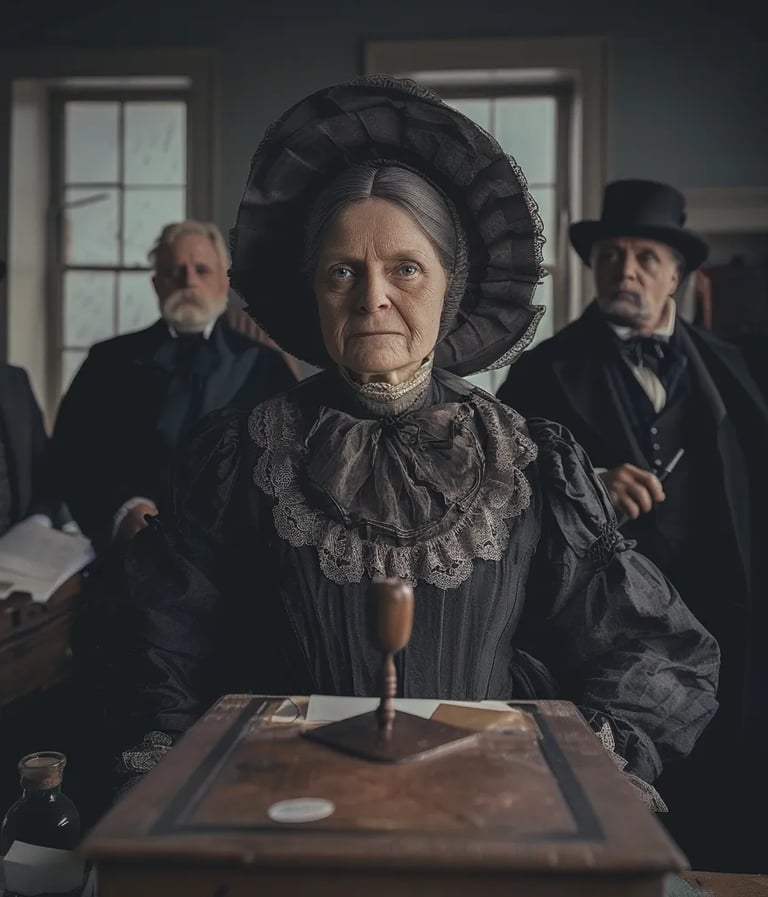

1872 – Susan B. Anthony Votes, Defying the Law and Making History
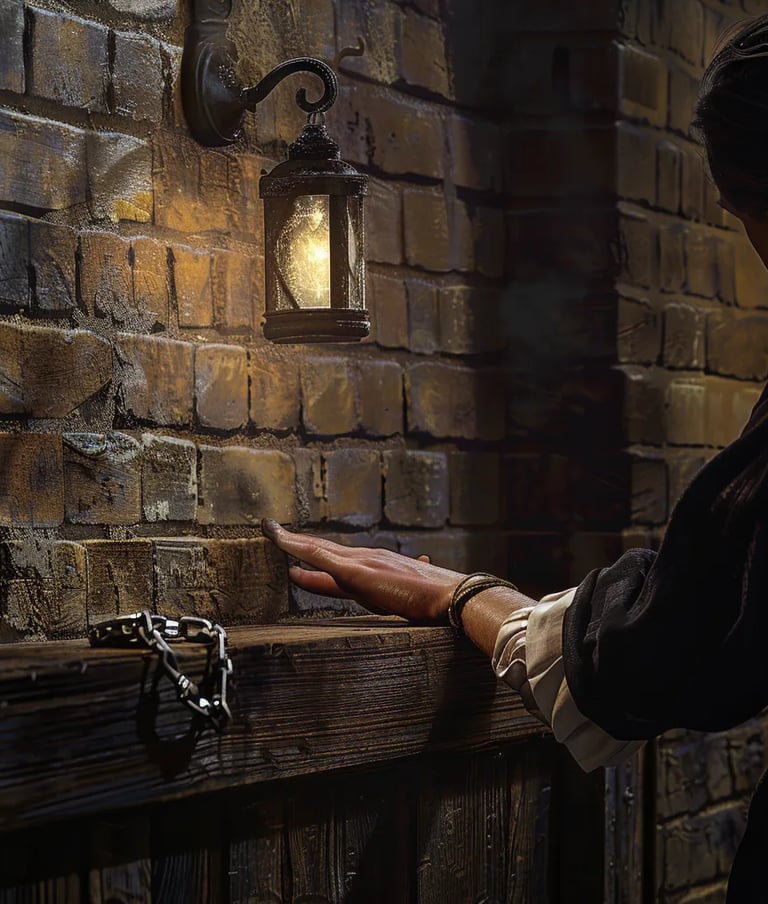



A peaceful but powerful Māori settlement in New Zealand faced a violent crackdown when 1,600 police and volunteers stormed Parihaka on November 5, 1881. The settlement had become a symbol of resistance against British land confiscation. Despite the community’s nonviolent approach, their leaders were arrested, homes were destroyed, and the land was seized—marking one of the darkest chapters in New Zealand’s colonial history.
